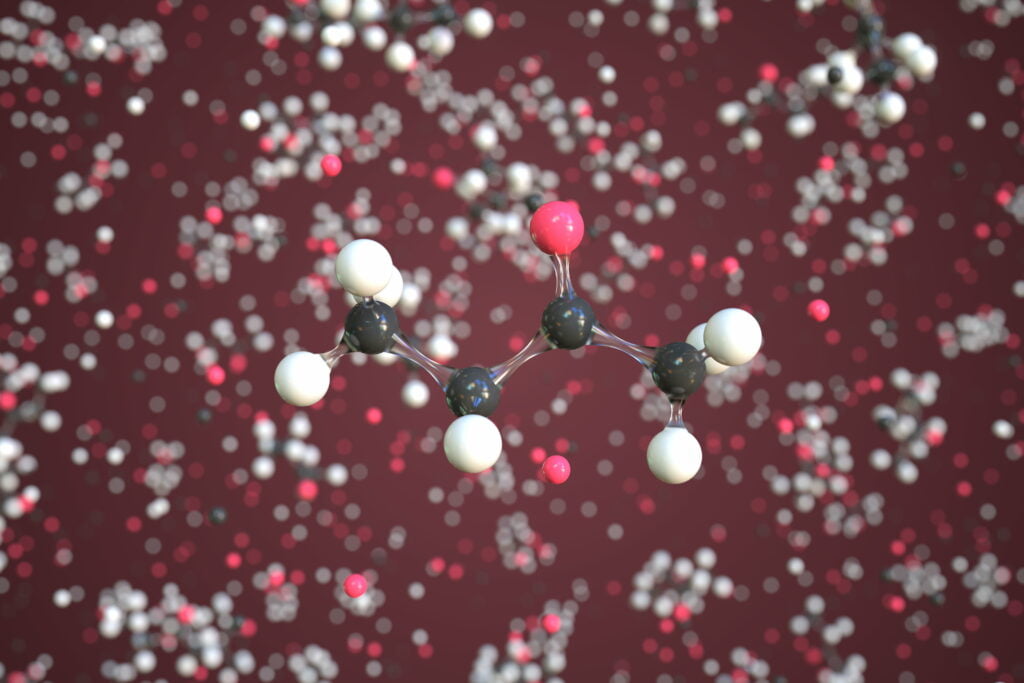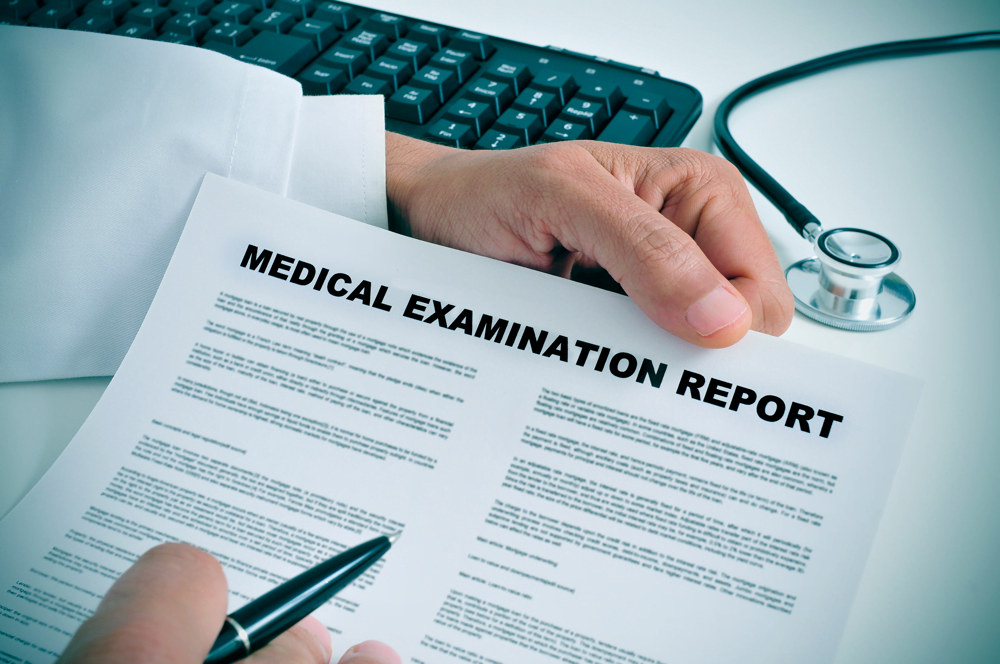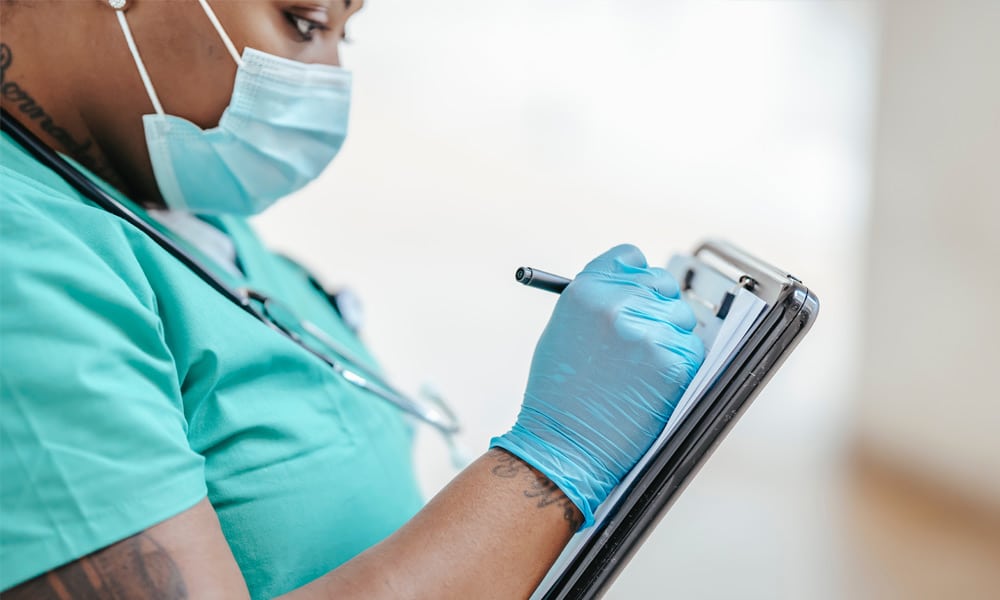What is MEK?
Methyl Ethyl Ketone, otherwise known as MIBK or butanone is a colourless liquid with an acetone-like odour. It is mostly used in the application of protective coatings and adhesives, reflecting its fine characteristics as a solvent. Other uses include pesticide application, or in factories that produce paint, rubber and machinery. Whilst MEK remains stable under ordinary conditions, it can form peroxides if stored for prolonged periods of time, which can be explosive. It is usually found in liquid form; however, it can modify into a gas.
Is it dangerous?
MEK can be dangerous so precautions and protective measures must be taken to circumvent risks and ensure safety. MEK is highly flammable so any contact with heat and fire must be avoided. If this does occur, the combustion of MEK can produce toxic materials.
What are the symptoms?
The main symptoms of short-term overexposure include headaches, dizziness, sleepiness, skin, eye and nose irritation, stomach pain and vomiting, loss of appetite and heartburn. Unfortunately, there is less information available on long-term exposure to MEK.
- Inhalation – moderate to severe irritation to the throat and lungs. High concentration can harm the nervous system.
- Ingestion – will cause severe lung damage if directly drawn into lungs when swallowed.
- Skin contact – short term exposure will only mildly irritate; however prolonged exposure can cause dry and itchy skin.
- Eye contact – moderate to severe irritation (vapours included).
Long term exposure can lead to dermatitis (dry, itchy and raw skin) or narcosis (loss of consciousness).
Where would I find it?
Though MEK is produced industrially on a large scale, it only occurs in minor amounts in the natural environment. However, low levels of exposure to MEK is widespread in the general population.
Aside from substantial industrial production, other major generators of MEK include vehicle exhausts and photochemical reactions. It is also found in considerable amounts in tobacco smoke.
MEK is a normal component of many foods, though concentration is low. The average intake in food comes from cheddar cheese, white bread and tomatoes. In addition to the natural presence of MEK, it can also occur as a by-product of cheese-ripening, ageing poultry, cooking or processing meat and the absorption of plastic packaging. MEK concentrations in natural waters are usually below a detectable level, however, trace amounts have been found in drinking water – presumably originating as solvent leached from cemented joints of plastic pipe.
How can I protect myself?
Common protective measures include avoiding open flames, static discharge, prolonged exposure to air and heat or storing MEK for long periods. In any instances where MEK may need to be stored, ensure that it is kept in a cool, well-ventilated area, clear of combustible and flammable materials and away from direct sunlight.
Other precautions include eliminating heat and ignition sources and posting non-smoking signs. In some conditions, more specific protective measures may be required. These might include electrically bonding and grounding equipment, having ground clips which contain metal and avoiding generating vapours.
When handling MEK, correct Personal Protective Equipment (PPE) is required. This includes chemical safety goggles and protective clothing (gloves, aprons, boots), facemasks or face shields. For respiratory protection, use an air-respirator operated in a continuous flow-mode, or a powered, air-purifying respirator with organic vapour cartridges, if possible.







